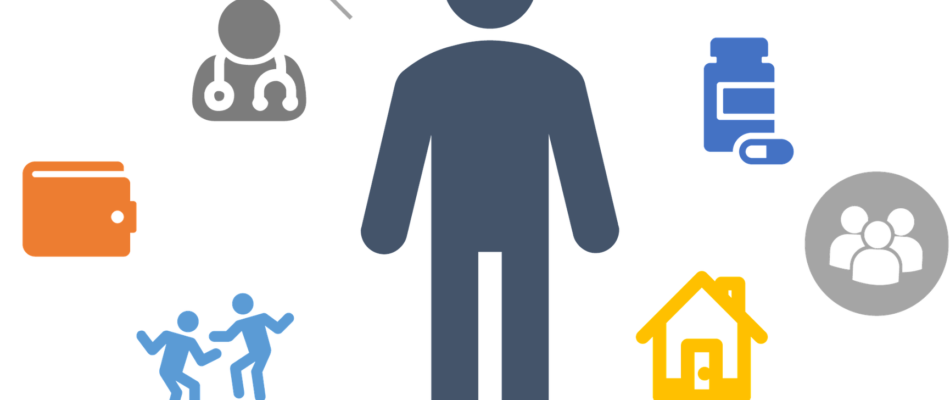
Disabilities, students and Higher Education
1. What is a disability?
There is no fixed definition that is universally accepted of what a disability is. However, some organisations specialized on the topic provided definitions that can be used together to get a better understanding of all the aspects that are at stake when discussing disabilities.
– UN Convention: “people with disabilities include those who have long-term physical, mental, intellectual or sensory impairments which in interaction with various barriers may hinder their full and effective participation in society on an equal basis with others.”(1)
– However, it is important to keep in mind that impairment refers to a feature that affects the way a person’s mind or body is functioning; a disability is created by the society, as it refers to the lack or loss of opportunities to fully and equality participate it in, due to environmental and attitudinal barriers. These barriers are, for instance, buildings that are not accessible, negative attitudes, non-flexible procedures, among others.
– Therefore, the definition of disability given by the World Health Organization is very interesting: “Disabilities is an umbrella term, covering impairments, activity limitations, and participation restrictions. An impairment is a problem in body function or structure; an activity limitation is a difficulty encountered by an individual in executing a task or action; while a participation restriction is a problem experienced by an individual in involvement in life situations. Disability is thus not just a health problem. It is a complex phenomenon, reflecting the interaction between features of a person’s body and features of the society in which he or she lives. Overcoming the difficulties faced by people with disabilities requires interventions to remove environmental and social barriers.”(2)
– Disabilities are not always visible, therefore it is not possible to assume whether a person has a disability or not.
2. What are the different types of disabilities?
It is very difficult – if not impossible – to create an extensive list of all the different types of disabilities. The following is therefore only trying to outline the diversity of possible situations.
Different types of disabilities can be:
– Intellectual disabilities: an intellectual disability begins before adulthood and usually consists in the difficulty or “reduced ability to understand new or complex information and to learn and apply new skills (impaired intelligence)”(3). It also includes a limitation in the skills needed to live in the community/ society (communication, social related skills, etc.).
– Learning disabilities: they include the various kind of conditions (dyslexia, dyscalculia, dysgraphia…) “that interfere with an individual’s ability to learn and so result in impaired functioning in language, reasoning, or academic skills” (4). People with learning disabilities can have difficulty reading, writing, reasoning, especially when taught in a conventional way (5).
– Physical disabilities: There are many different types of physical disabilities. They usually affect the mobility of a person or any other aspect of someone’s physical functioning. They can be permanent or temporary, visible or not visible.
– Hearing impairments
– Vision impairments: this term refers to persons who are blind, or with partial vision.
– Mental illnesses: mental illnesses include a wide range of conditions with different kind of symptoms, such as affecting a person’s way of thinking or behaviour, difficulty with relationships with others, unusual emotions, etc. (6)
– Speech and language disorders: such disorders can affect the way a person is communicating with others, the ability of someone to speak or to understand written or spoken words. They include voice disorders (pitch, loudness), stuttering, etc. (7)
Many other kinds of disabilities may exist, and it is important to keep in mind that even among one specific kind, a wide range of different situations can take place. For example, a person can have different types of impairments at the same time.
3. Students with disabilities
Many barriers keep disabled students from accessing and completing higher education: only 15% of disabled people attain higher education. Once enrolled in a higher education institution, it is also more difficult for such a student to graduate (only 24% of the population aged between 30 and 34, and having a disability have graduated). Young persons with disabilities also usually leave education earlier that persons with no disabilities. (8)
The barriers keeping disabled students from accessing and completing higher education are diverse. They include:
– Inaccessible buildings (a solution would be the use of universal design for new buildings, and adapting new ones – keeping in mind the various types of disabilities);
– Inaccessible teaching: when the way of teaching is not adapted to all the students – or to all the persons who might be students or when a wide variety of needs is not taken into account;
– Lack of training of academic staff and other higher education staff members and lack of understanding of disabilities;
– Stigma from other students and staff members;
– Lack of support programmes or the inaccessibility of such programmes (cost, waiting list…);
– Lack of accessible housing;
– Lack of accessible student activities.
– By Hélène Mariaud, Member of the Executive Committee of ESU-
(2) http://www.who.int/topics/disabilities/en/
(3) WHO’s definition: http://www.euro.who.int/en/health-topics/noncommunicable-diseases/mental-health/news/news/2010/15/childrens-right-to-family-life/definition-intellectual-disability
(4) https://www.merriam-webster.com/dictionary/learning%20disability
(5) http://www.ldonline.org/ldbasics/whatisld
(6) http://www.who.int/mental_health/management/en/
(7) https://www.lds.org/topics/disability/list/speech-and-language-disorders?lang=eng&old=true
